Tenzi vs Splitzi Measures of Central Tendency Activity
This blog post contains Amazon affiliate links. As an Amazon Associate, I earn a small commission from qualifying purchases.
Want to check out my favorite Amazon items for the classroom? Check out my Amazon favorites page!
This Tenzi vs Splitzi data collection activity was the perfect set-up for practicing finding measures of central tendency with my Algebra 1 students.
I love a good dice game. I’ve blogged before about playing Farkle with my students. I don’t think I’ve ever gotten around to blogging about it, but my husband and I love playing Qwixx. Last year, I used a dice game called Tenzi in my statistics course.
This year, I decided to incorporate Tenzi (and a variant of the game called Splitzi) into Algebra 1’s unit on Data Analysis.
What is Tenzi?
It’s a dice game that comes in a nifty tube. I received my Tenzi game for either Christmas or my birthday. The tube contains four sets of ten dice. Each set of dice is a different color to make them easily differentiated. This will allow four people to play.
Tenzi also produces a Party Pack version that will allow six people to play at once.
One of the things I love most about Tenzi is that the rules are SUPER-easy to explain. When I teach my students to play Farkle, I find myself explaining and re-explaining and re-explaining again. With Tenzi, my students are ready-to-go after a single explanation!
Every player is playing at the same time which keeps the game fast-paced. This means students don’t have time to goof off or get distracted! After one of the players says “Go!” all of the players roll their ten dice. The goal of the game is to get all of your ten dice to show the same number. Players examine their dice to determine what value to roll for. Dice showing that value are set aside. Dice showing a different value are re-rolled until all ten dice show the same number. The first player to get all ten dice showing the same number yells “Tenzi!” That ends that round.
Even though the game’s rules are super-simple, the game is still fun and quite addictive! I’ve played the game with groups ranging from my husband’s family to a group of middle-aged women at a Bunco event to my students. It’s always full of fun and laughter.
Tenzi Variations
To spice the game up and keep you on your toes, the makers of Tenzi have created different variations of the game. There is an entire page on their website dedicated to these variations.
Here are some of them:
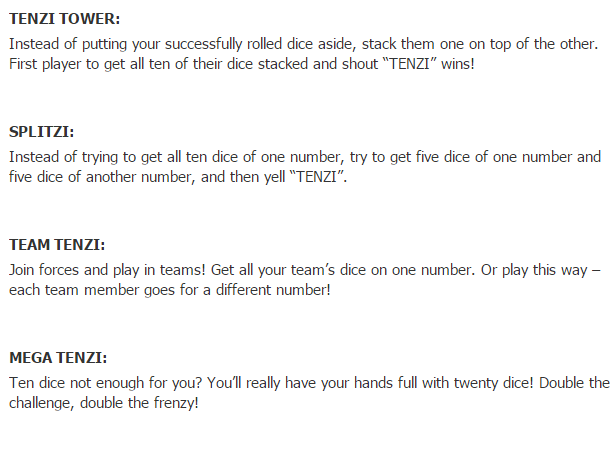
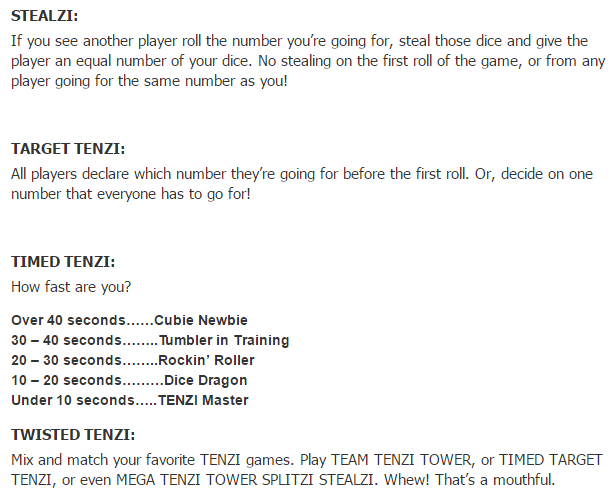
Tenzi vs Splitzi Data Analysis Activity
I decided to use the original Tenzi game and the Splitzi variant to help my Algebra 1 students practice finding the mean, median, mode, and range of a data set. To help them organize their data, I created a sheet for them to glue into their interactive notebooks when we were finished.
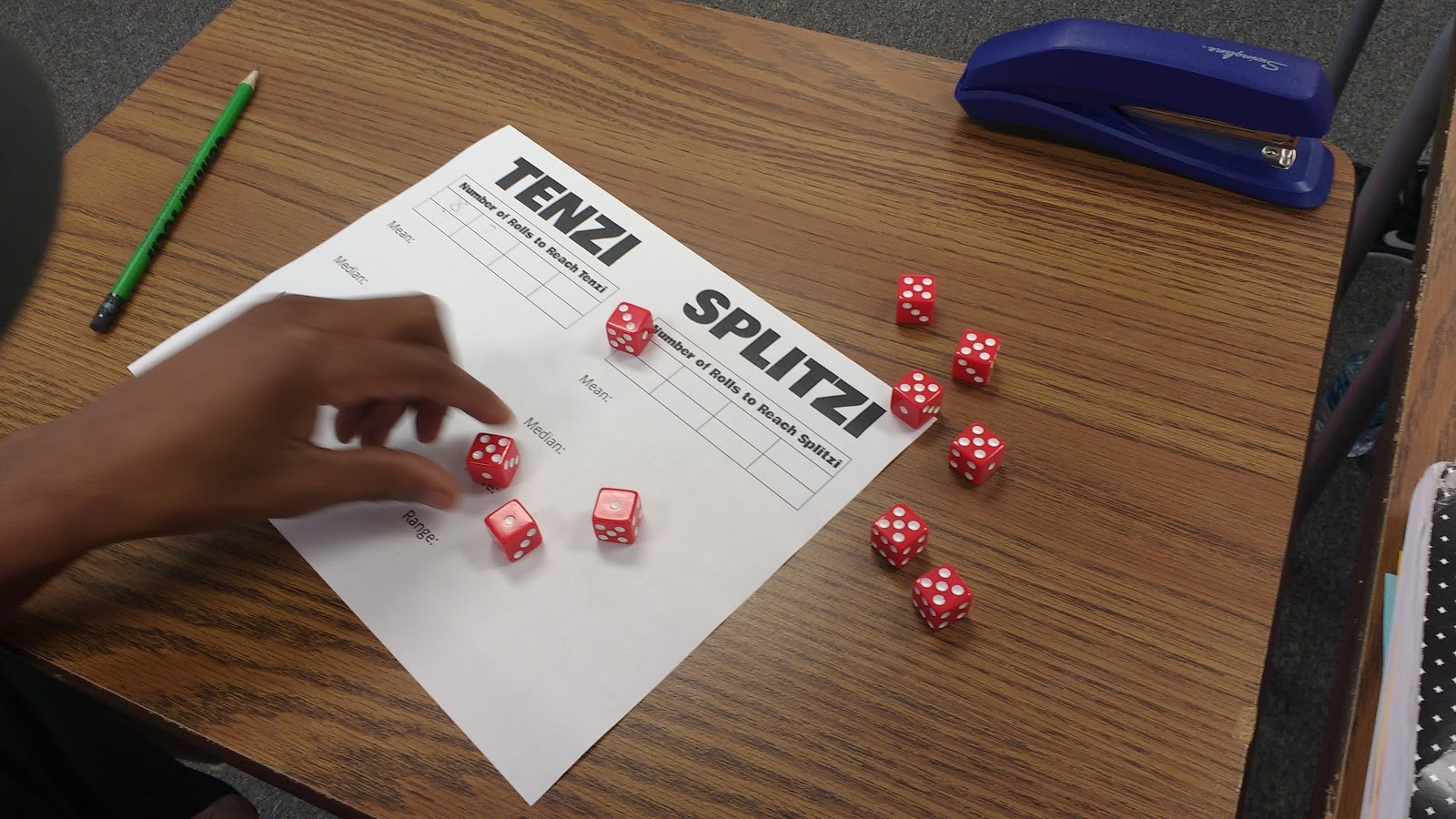
To make the game suitable for data collection, I had my students not only race to reach Tenzi before the other people in their group, but they had to count the number of rolls it took them to reach Tenzi. Some of my students would get so caught up in trying to win that they would forget to count their rolls!
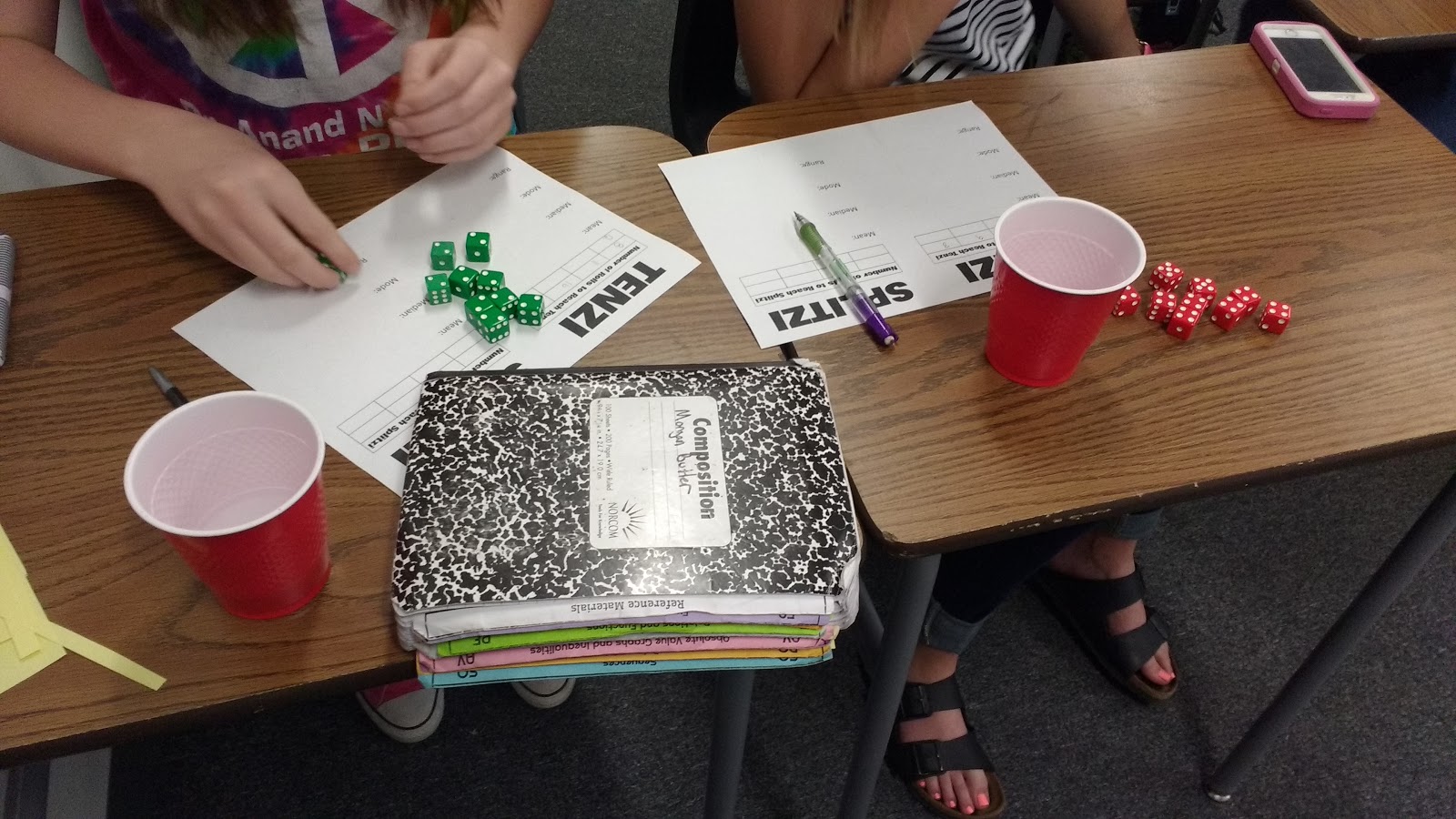
Students played 8 rounds and recorded the number of rolls they required to reach Tenzi each round.
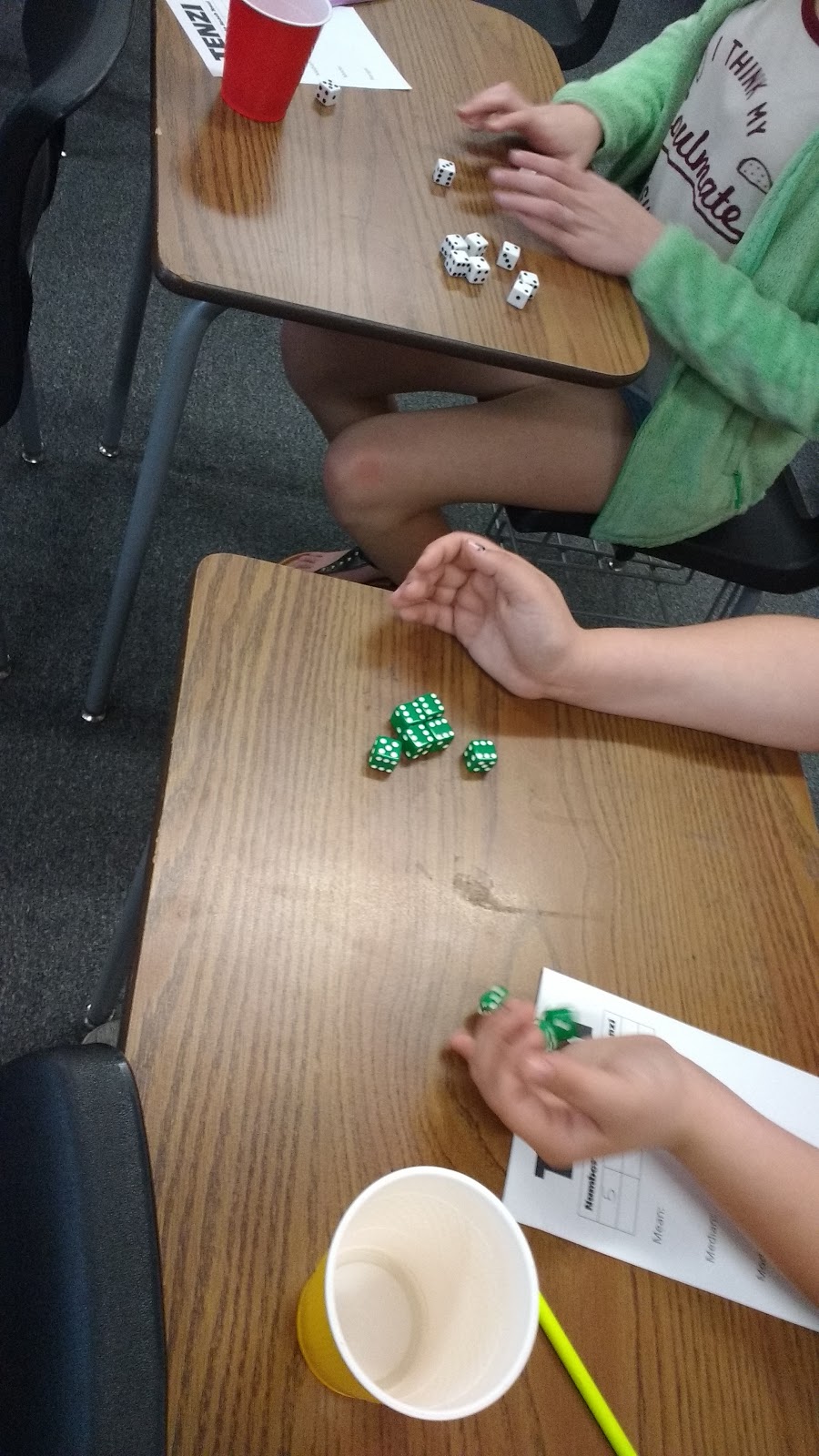
Another modification I had to make to Tenzi to make it work for data collection was to require every single player to keep rolling until Tenzi was reached. In the actual game, game play ceases after someone yells “Tenzi!”
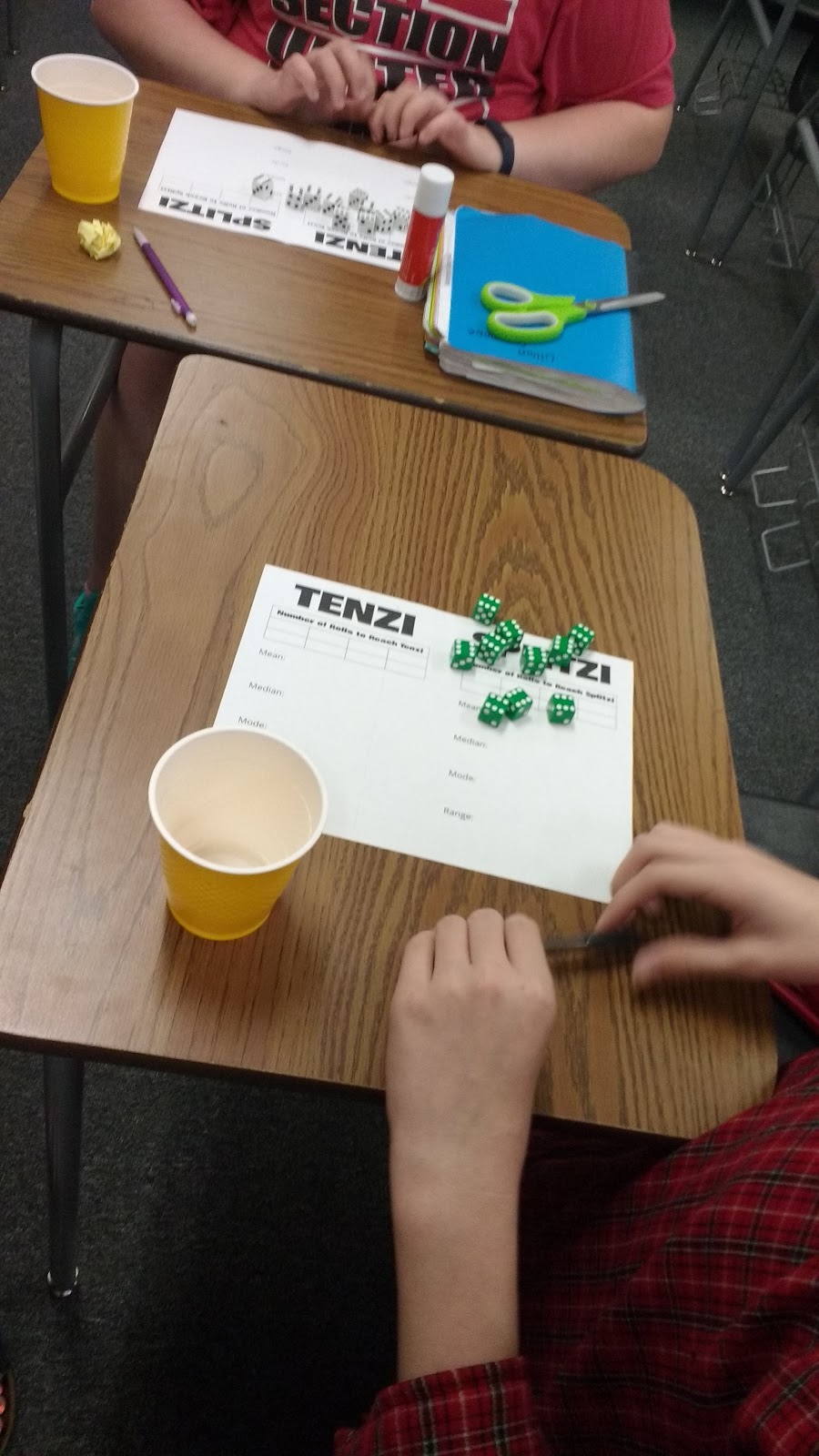
After students finished playing 8 rounds, they had to find the mean, median, mode, and range of their data.
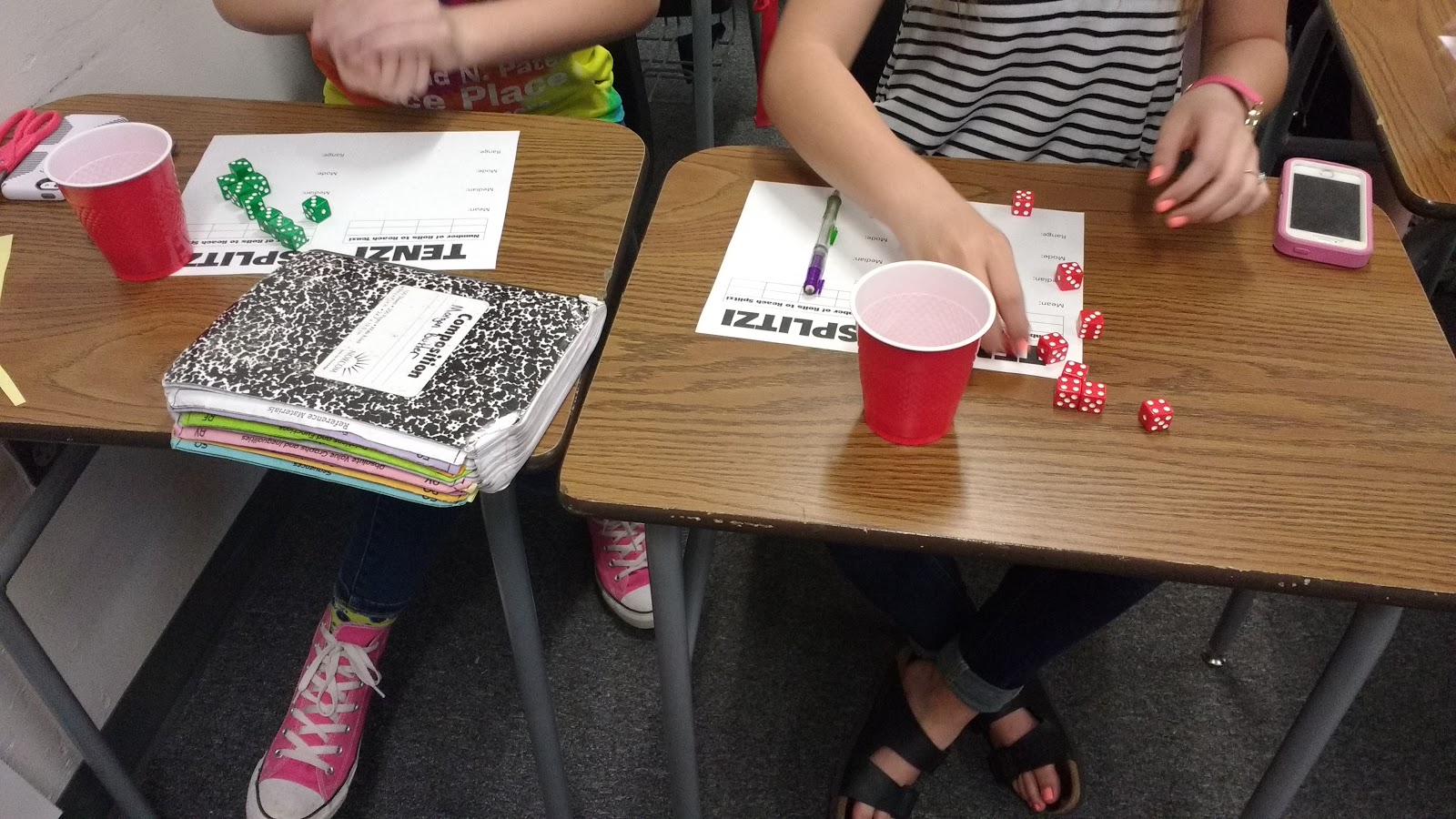
Of course, my VERY competitive students had to compare their measures of central tendency with one another!
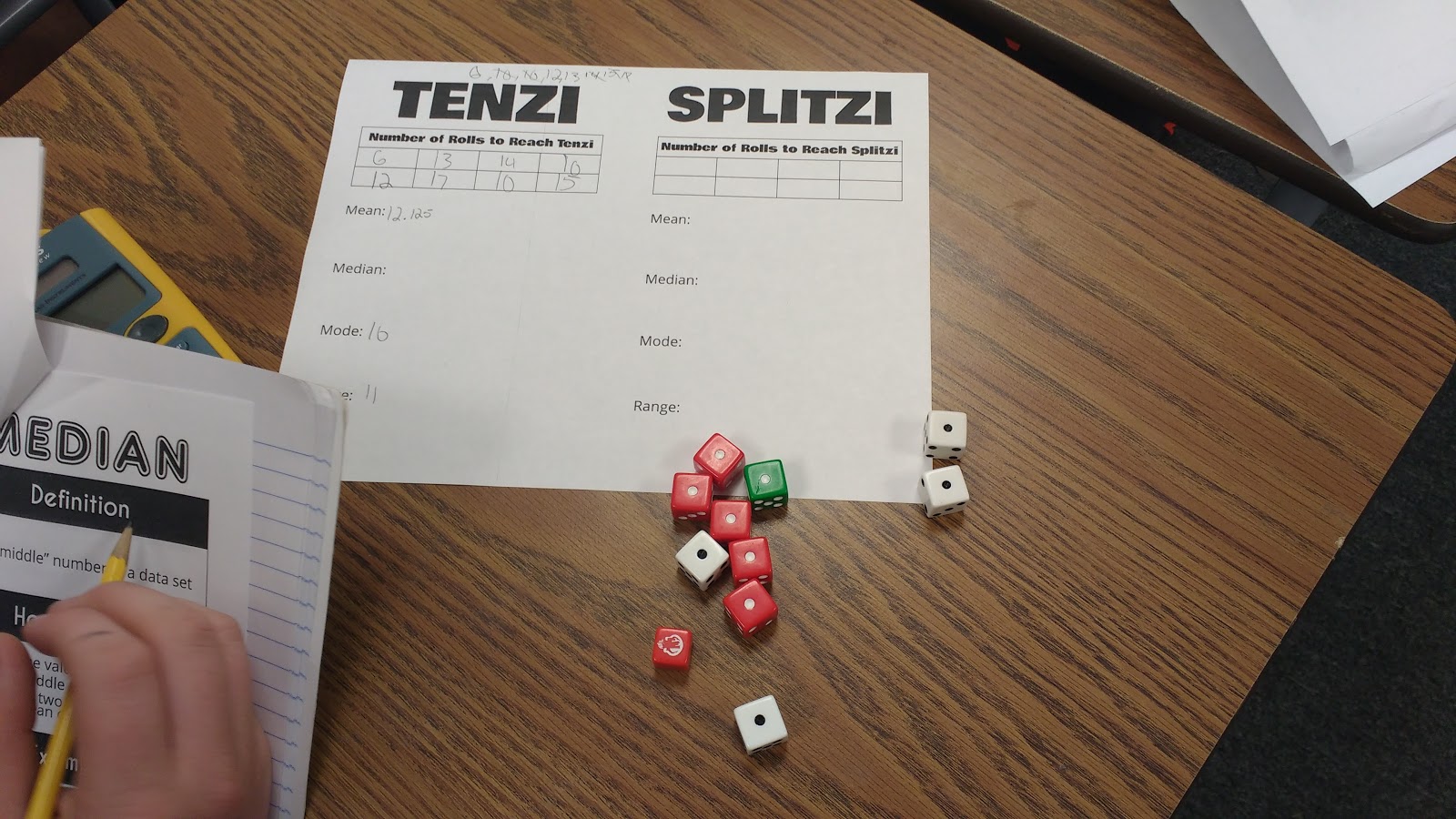
Next, I taught my students the Splitzi variant. Instead of rolling your dice until all ten show the same value, you must roll your dice until five of your dice show one value and the other five of your dice show a different value.

I asked my students to predict if it would be easier or harder to reach Splitzi than Tenzi.
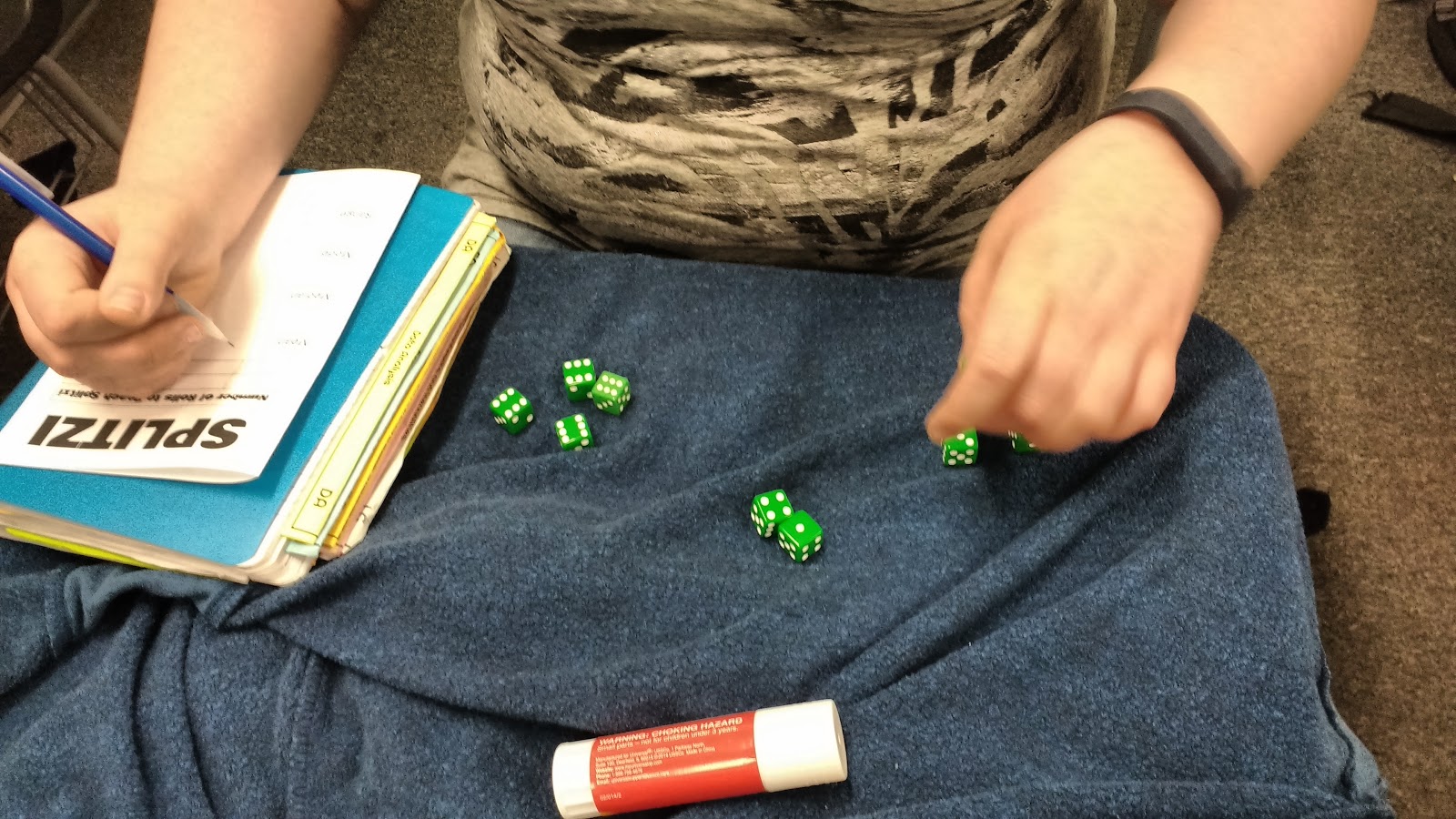
My students were pretty split on their opinions about this matter. Some insisted Splitzi would be easier. Others insisted it would be much harder. I told them that we would discover who was right by analyzing our data.
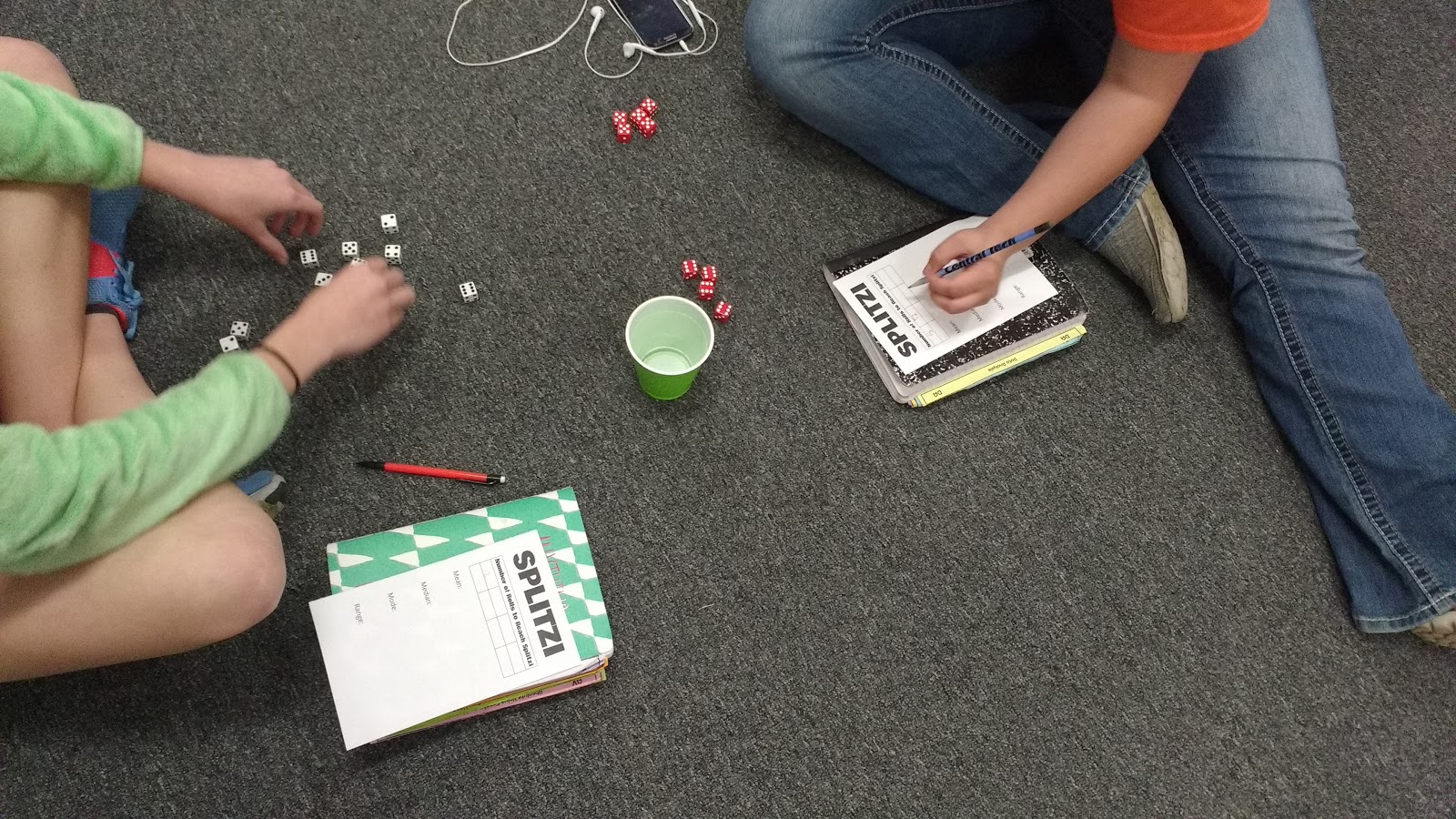
In the future, I would add a writing assignment to this activity. I would have my students write a hypothesis before beginning to play Splitzi.
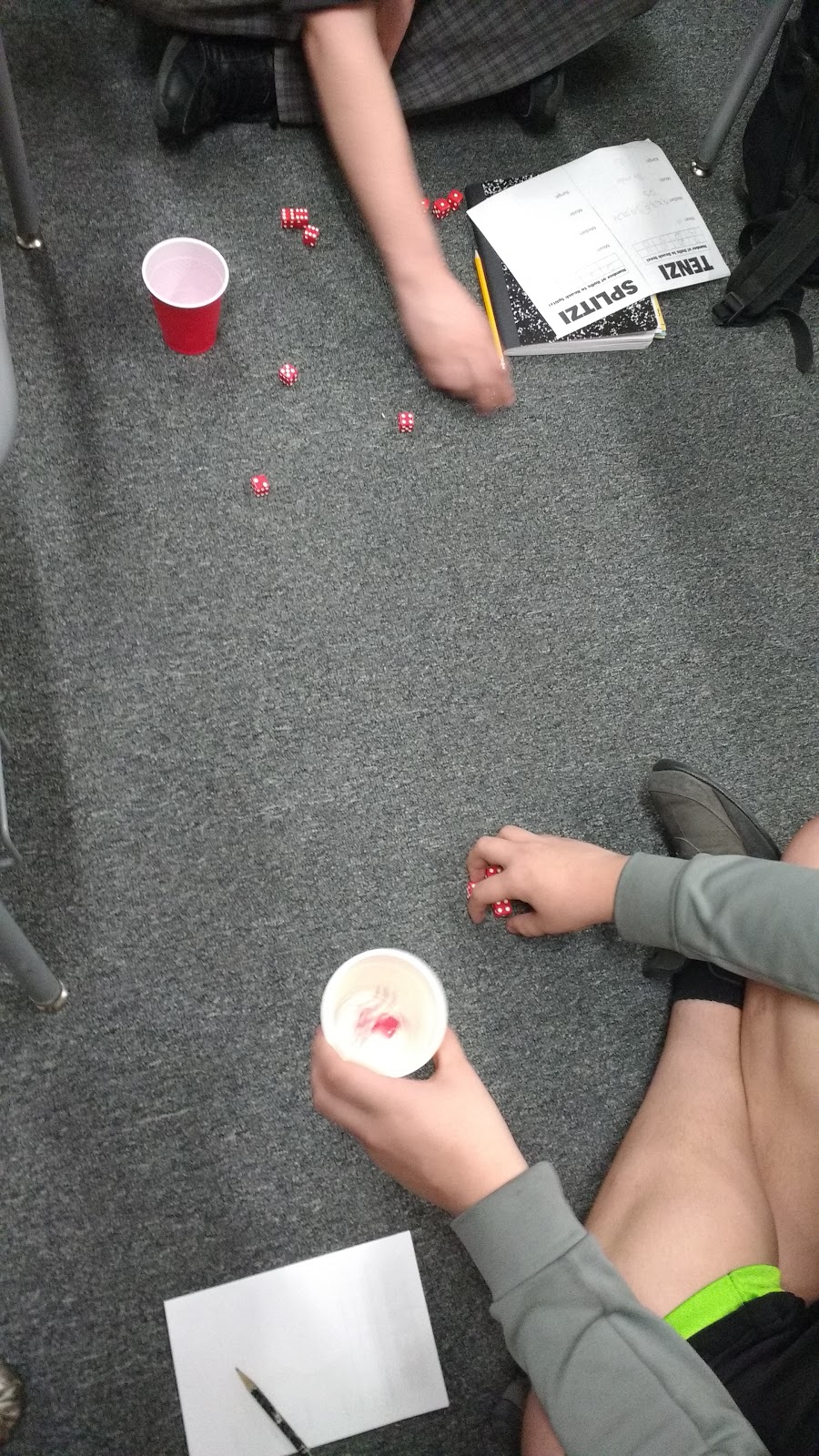
Then, they would need to write a paragraph describing their findings. Students would need to include evidence for each finding.
I won’t spoil the fun and share our findings. You’ll have to play for yourself and find out!
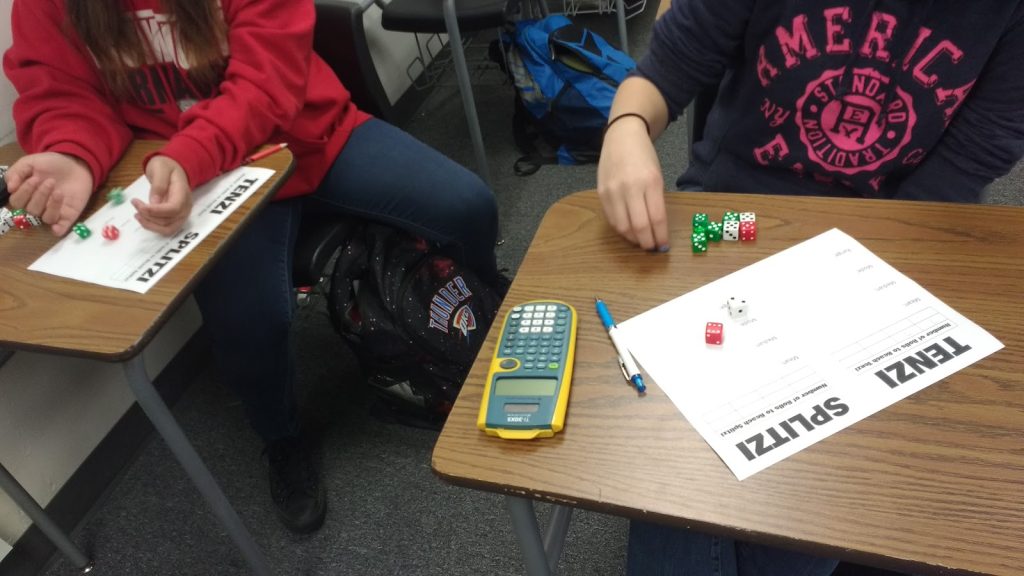
After doing this activity with three different class periods, I learned a few tricks and tips I should probably share. Put each set of ten dice in a plastic cup.
These cups will stack and stay semi-organized throughout the day. Students can use the cup to help them roll their dice if they choose.
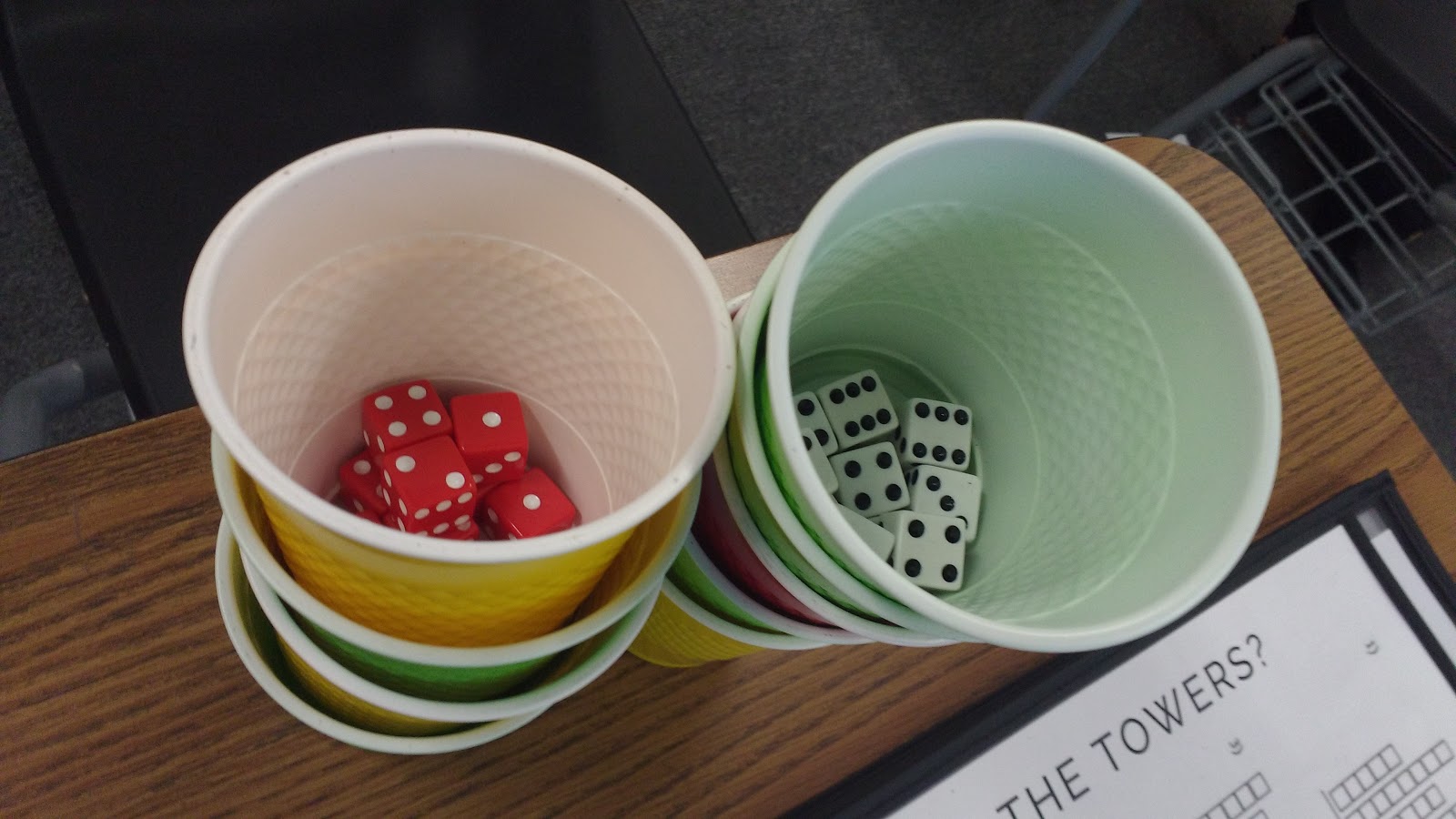
For large class sizes, the sound of the dice hitting desks can be almost deafening. We played Tenzi at the end of one class period and Splitzi at the start of the next class period. To keep myself from losing my mind from the sound of the dice, I had my students play Splitzi on the floor.

I guess that’s why the teacher I did my student teaching with six years ago had foam dice!
The makers of Tenzi have created a deck of cards titled 77 Ways to Play Tenzi. I look forward to using some of these variations when we start our skill on comparing data sets.
I want to have my students move through stations that each feature a different version of the game. They will count the number of rolls needed to reach the goal. Then, I will have them place a sticker on a dot plot for that version. This will let us easily compare the different versions of the game. So excited to see what we discover!
Free Download of Tenzi vs Splitzi Measures of Central Tendency Activity
Tenzi vs Splitzi Measures of Central Tendency Activity (PDF) (1191 downloads )
More Activities for Teaching Statistics
- 53 Fun and Interesting Statistics Activities
- Mean Median Mode & Range Challenge Activity
- Linear Regression Tutorials
- Dry Erase Workmat for Finding Five Number Summary, IQR, and Outliers
- Tenzi vs Splitzi Measures of Central Tendency Activity
- Measures of Central Tendency Graphic Organizers
- Statistics Interactive Notebook Pages 2015-2016
- Statistics Survey Project
- Best Line of Best Fit Contest
- Let’s Make a Graph Activity
- Hiring Discrimination Simulation for Statistics
- Game of Greed Statistics Foldable


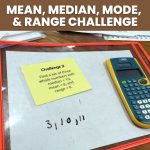
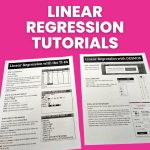
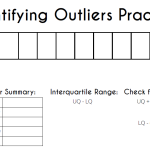
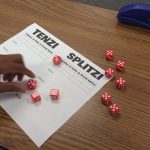
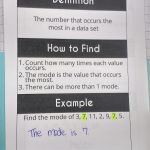
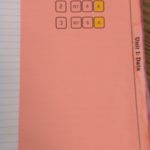


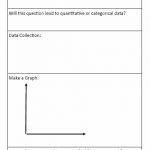


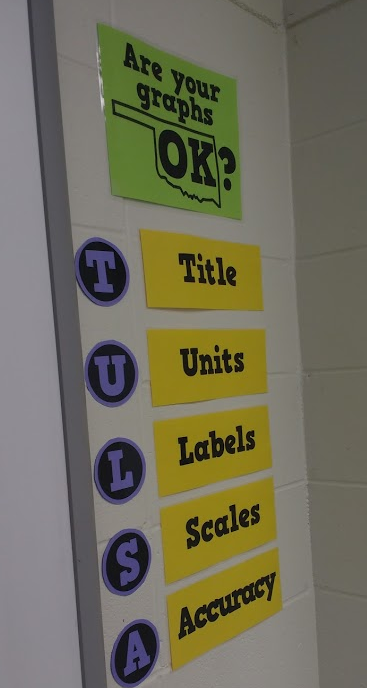
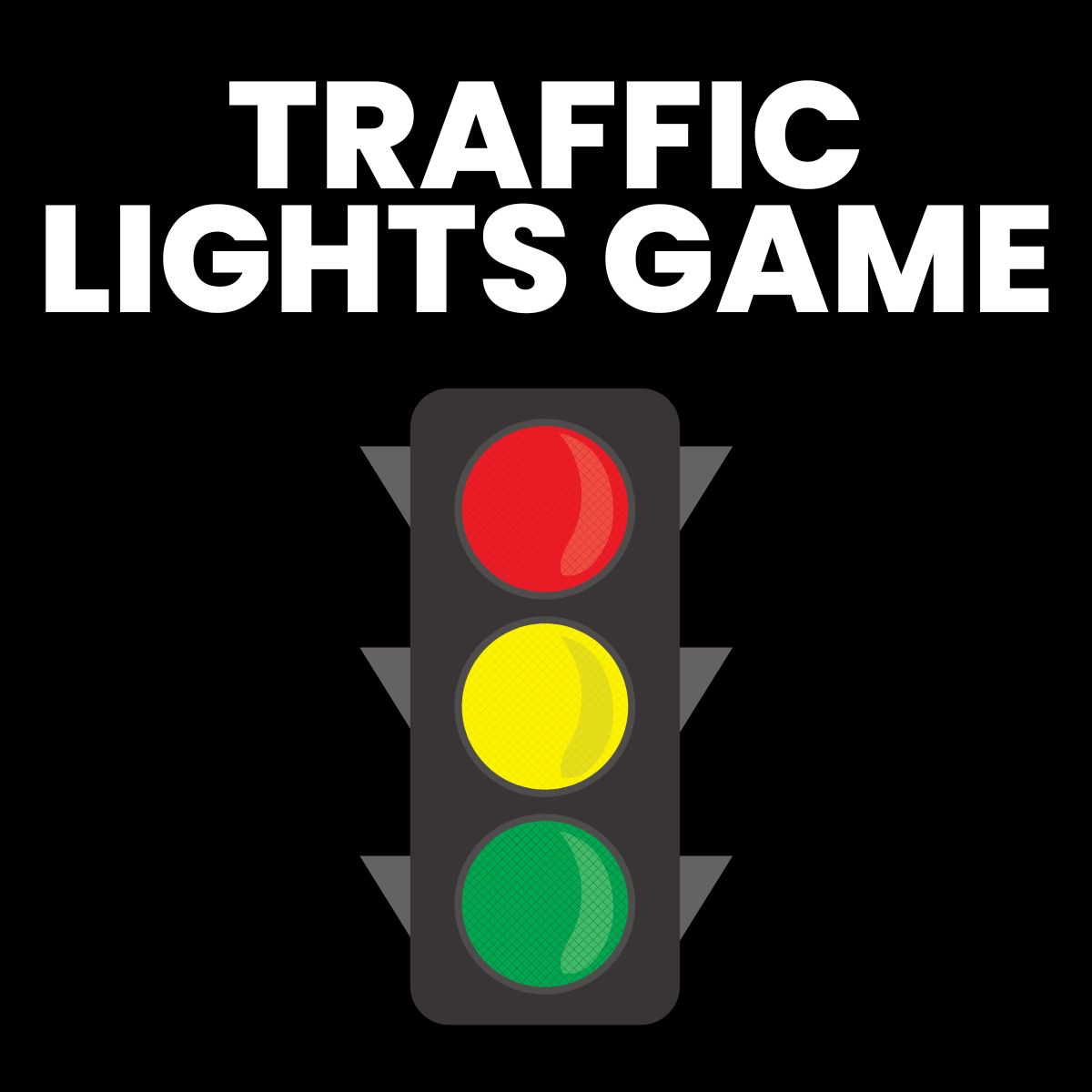

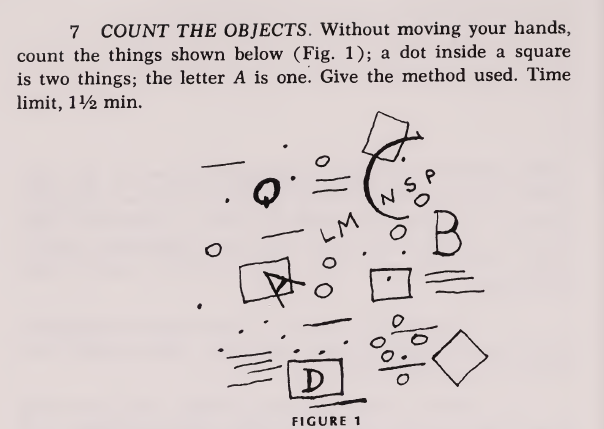
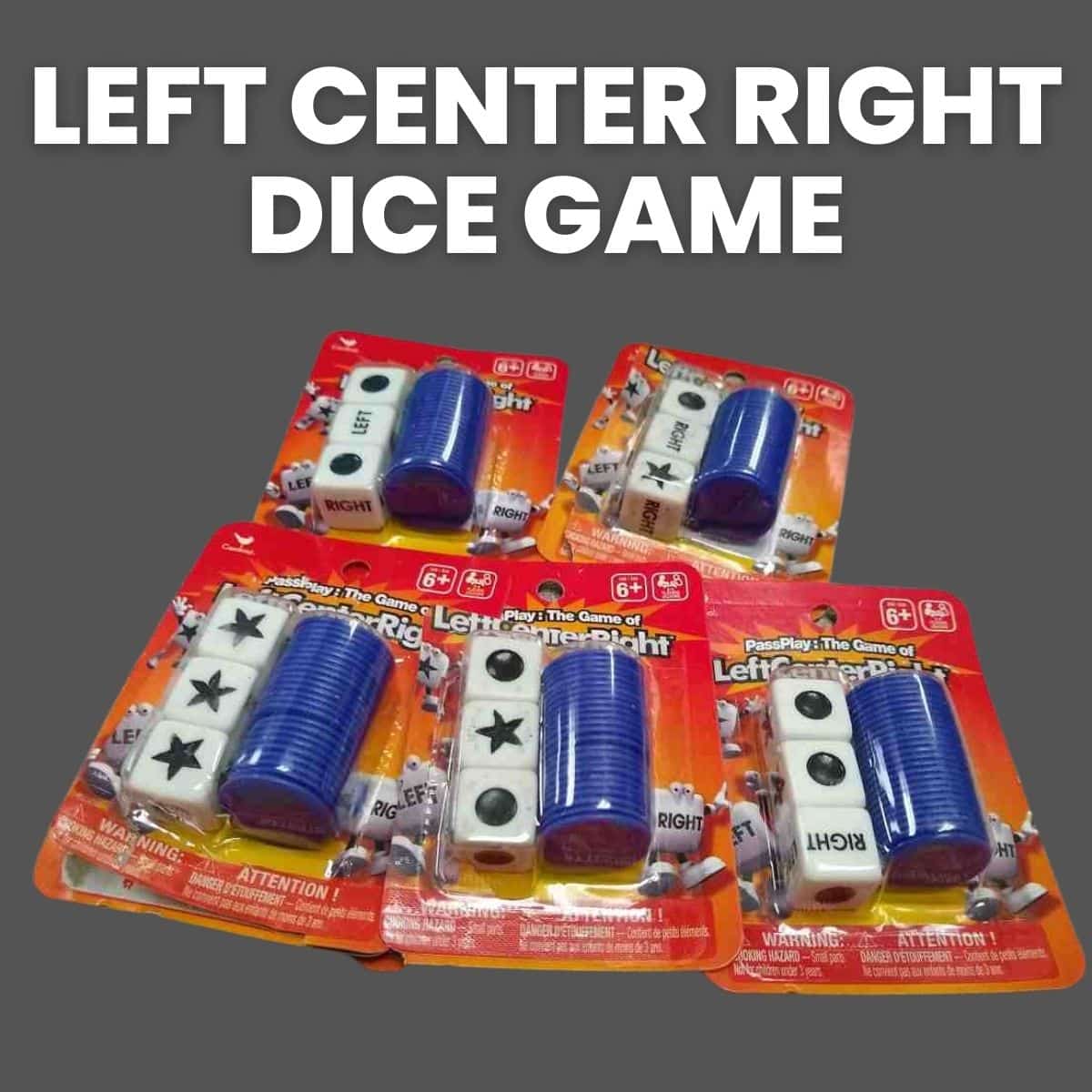

Love this activity. Can't wait to do this with my Algebra students next year.